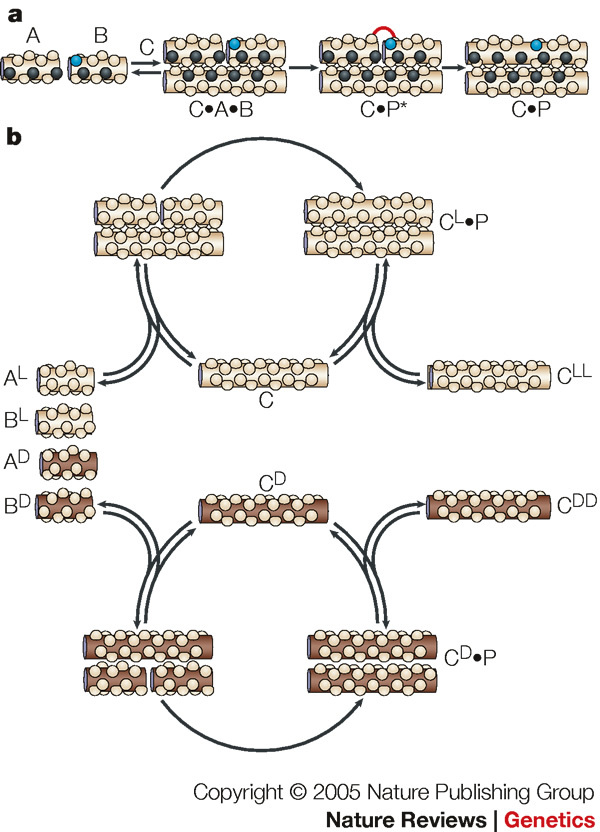Figure 3. A self-templating system built from peptide units.

a | A de novo designed peptide ligase. α-helical peptides A and B bind to the electrostatically complementary α-helical peptide C to form the C·A·B ternary complex, which is composed of two coiled coils. Peptide A has a modified amino terminus that reacts with the chemically modified carboxyl terminus of peptide B on formation of the ternary complex. The reaction of peptides A and B is a ligation that forms the product C·P (C·P* represents the chemical reaction between A and B to produce P). b | Peptide replicator schematic based on the reaction illustrated in part a, showing the reaction of peptide A with peptide B on formation of a ternary complex with peptide C. Peptides AL, BL, and CLL are composed of L-amino acids, whereas peptides AD, BD, and CDD are composed of D-amino acids. Peptides CLL and CDD are produced autocatalytically in a template-directed fashion through the reaction of precursors AL with BL, and AD with BD, respectively. Therefore, this replicator is stereochemically selective, only producing products (CLL and CDD) that are isomerically pure. Part b modified, with permission, from Ref. 65 © American Chemical Society (2001) and from Nature Ref. 66 © (2001) Macmillan Magazines Ltd.
